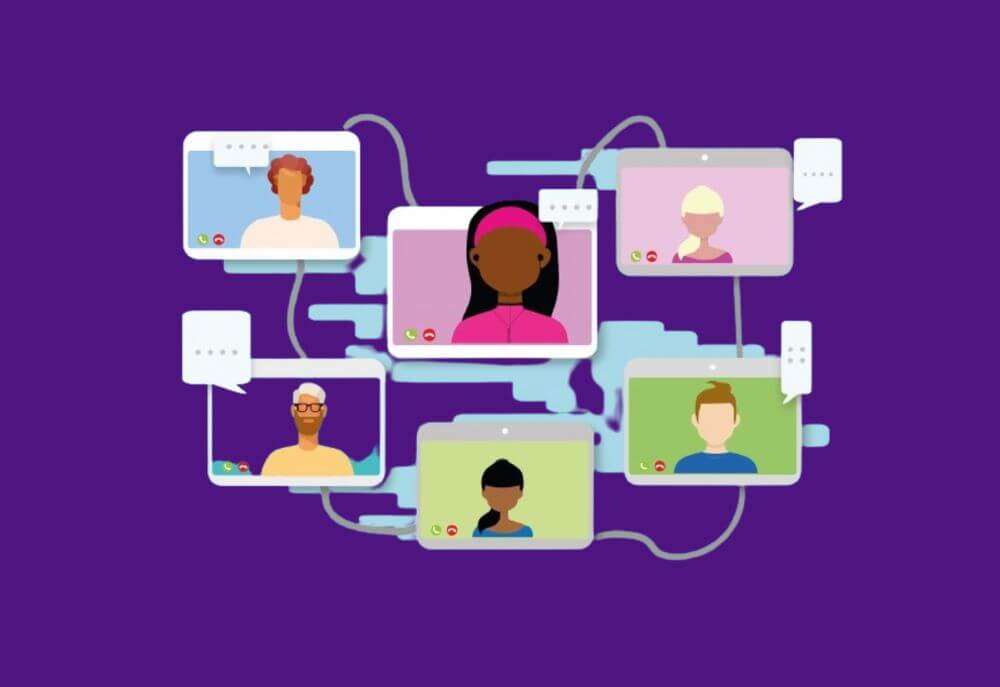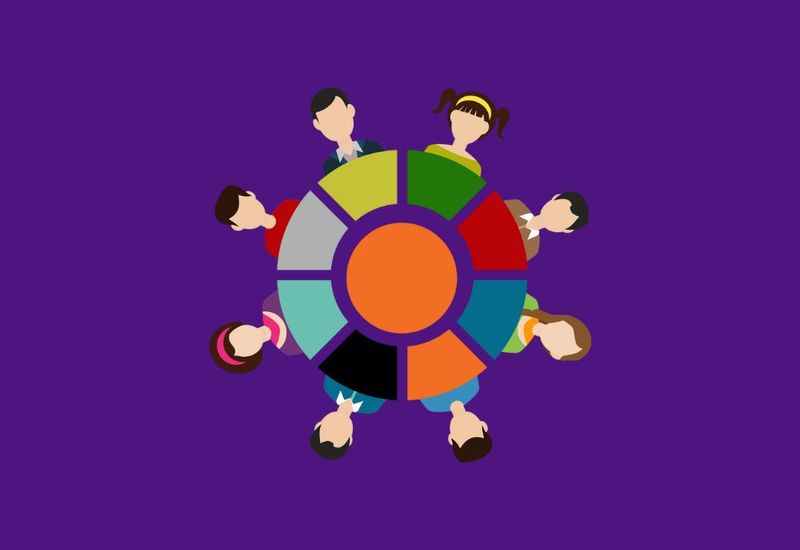In the modern work environment, overlapping responsibilities have become a reality for many teams. With diverse skills, shared workplace spaces, and multiple projects running simultaneously, it’s easy for roles to blur.
While role overlap might seem challenging, it can also present opportunities for collaboration, efficiency, and even innovation—as long as responsibilities are clearly understood.
In this article, we explore the concept of overlapping responsibilities, how to define roles clearly, identify potential issues, and ensure everyone’s duties are aligned for optimal productivity.
Understanding Overlapping Responsibilities
Overlapping responsibilities refer to situations where two or more individuals have duties or tasks that intersect, often leading to confusion or duplication of effort. For example, when multiple team members are responsible for managing communication with a client or organizing a project, misunderstandings about who does what can arise.
Overlapping responsibilities can occur in various scenarios: during organizational restructuring, in project-based teams, or when people switch roles but still hold onto parts of their previous job descriptions. It’s important to understand that overlap isn’t necessarily negative. It can cultivate collaboration and ensure coverage in case of absences. However, if not managed well, it can lead to inefficiencies, communication gaps, and tension within teams.
Defining Roles and Responsibilities Clearly
The first step to managing overlapping responsibilities effectively is to define roles clearly. When every member of the team knows what they are responsible for, they can focus on their tasks without stepping on anyone else’s toes. Lack of clarity often leads to inefficiencies and the dreaded duplication of effort.
To define roles effectively, leaders and team members must engage in open discussions to set clear expectations and define boundaries for each role. This process also helps in identifying issues before they become major problems. For instance, having regular meetings to discuss the allocation of duties can help everyone understand who’s doing what and why certain responsibilities might overlap.
Managing Role Overlap Productively
Role overlap doesn’t have to be detrimental—it can, in fact, be beneficial. When teams are aware of overlapping duties, they can leverage each other’s strengths, collaborate more effectively, and cultivate a sense of shared ownership. However, it’s crucial to strike a balance.
One way to manage role overlap is by establishing job descriptions that outline not just the specific responsibilities of each team member but also areas of shared responsibility. This clarity enables team members to understand when and how they should step in to support others and when they should defer to another person’s expertise.
Another key strategy is to define the boundaries of influence. In a shared workplace, it’s common to have multiple people who have much influence over a particular aspect of a project, such as safety or quality. Clearly outlining the scope of each person’s influence can prevent confusion and ensure that everyone’s contributions are complementary rather than conflicting.
Addressing Safety Responsibilities in a Shared Workplace
In a shared workplace, managing overlapping responsibilities takes on an added dimension—safety responsibilities. For workplaces that require strict safety measures, such as construction sites or manufacturing plants, role clarity is essential not only for efficiency but for ensuring the safety of everyone involved.
Each team member must understand the specific work activities they are responsible for and how their actions affect others. For instance, if two different teams are working in close proximity, they must be clear about who is responsible for implementing safety measures in overlapping work zones. Proper communication and defined safety protocols can go a long way in preventing accidents and ensuring that no important safety duties are overlooked.
A useful practice is to regularly update and share an onboarding checklist that includes safety duties for new members. This checklist can help them understand their safety responsibilities from the beginning, avoiding any potential miscommunication that could lead to dangerous situations.
Benefits of Managing Overlapping Responsibilities
While role overlap can lead to challenges, there are also significant benefits to having multiple people responsible for certain duties. For one, it ensures there’s always someone available to handle a task if another team member is out of the office or unavailable. This shared accountability helps build resilience within the team, as everyone is equipped to step in where needed.
Moreover, overlapping responsibilities can provide diverse perspectives on an issue. When multiple team members are involved in a particular task, they can bring different ideas and experiences to the table, leading to more well-rounded solutions. This is especially valuable in problem-solving scenarios where collaboration can lead to more innovative and effective results.
Strategies to Minimize the Downsides of Overlapping Responsibilities
To make the most of overlapping responsibilities while minimizing their downsides, focus on a few key strategies:
- Regular Communication: Establish open lines of communication where team members can discuss their roles and duties openly. This prevents misunderstandings and helps identify potential areas of overlap before they become problematic.
- Clear Role Definitions: As mentioned earlier, defining roles is the foundation of avoiding confusion. If each member’s duties are clearly outlined, it’s easier to spot potential overlap and address it proactively.
- Collaborative Tools: Utilize tools like shared calendars or project management platforms that make responsibilities visible to everyone. This helps team members stay aware of what others are working on and avoid duplicating efforts.
- Regular Review: Make role review a part of your ongoing team development. Regularly revisiting job descriptions and responsibilities ensures they stay current with changing needs, reducing unnecessary overlap.
The Importance of Defining Clear Roles for Productivity
Without clear roles, it becomes difficult to establish accountability. When no one is sure who’s responsible for what, tasks fall through the cracks, and productivity suffers. The key is to maintain a balance where roles are clearly defined but flexible enough to allow for collaboration. Flexibility is important—it allows team members to step in and assist when necessary without creating unnecessary tension.
Identifying issues early is also crucial. If you start noticing a duplication of effort, it’s time to take a step back and reassess the division of labor. Duplication isn’t always bad—sometimes, having two people work on the same task can be useful for quality control. But when duplication happens unintentionally, it becomes a sign of poorly managed roles.
A Shared Sense of Responsibility
In a shared workplace, a shared sense of responsibility is key to smooth operations. If overlapping duties are communicated well, it leads to an environment where team members trust each other and feel supported. This is especially true in situations involving safety and compliance. Knowing that there are multiple eyes on a critical task can be reassuring and contribute to a culture of vigilance and care.
However, for this to work, it’s important that the overlap isn’t left to chance. People should be clear about what’s expected from them individually and where their responsibilities intersect with those of others. This clarity transforms overlap from a source of confusion to a source of strength.
Overlapping Responsibilities as a Path to Team Growth
Ultimately, overlapping responsibilities can be seen as a catalyst for team growth. When roles overlap, they create opportunities for members to learn new skills, support each other, and gain a broader understanding of the overall mission. This kind of cross-training helps build a more resilient and versatile team—one where members are capable of stepping outside their defined roles and contributing in meaningful ways when needed.
The challenge lies in managing the balance between having clear, defined responsibilities and maintaining the flexibility required for effective collaboration. With the right approach—focused on communication, role clarity, and a shared commitment to safety and productivity—teams can turn overlapping responsibilities from a potential weakness into a significant advantage.
Conclusion
Managing overlapping responsibilities in the workplace requires a careful balance of clarity, communication, and flexibility. Defining roles clearly, encouraging regular discussions to identify issues, and embracing the benefits of shared duties can all contribute to a productive and harmonious work environment. By recognizing that role overlap doesn’t have to be a hindrance, teams can use it to enhance collaboration, boost productivity, and cultivate a culture of shared responsibility and mutual support.
The key lies in understanding when to lean into overlap and when to step back, allowing each team member to shine in their individual capacity.



